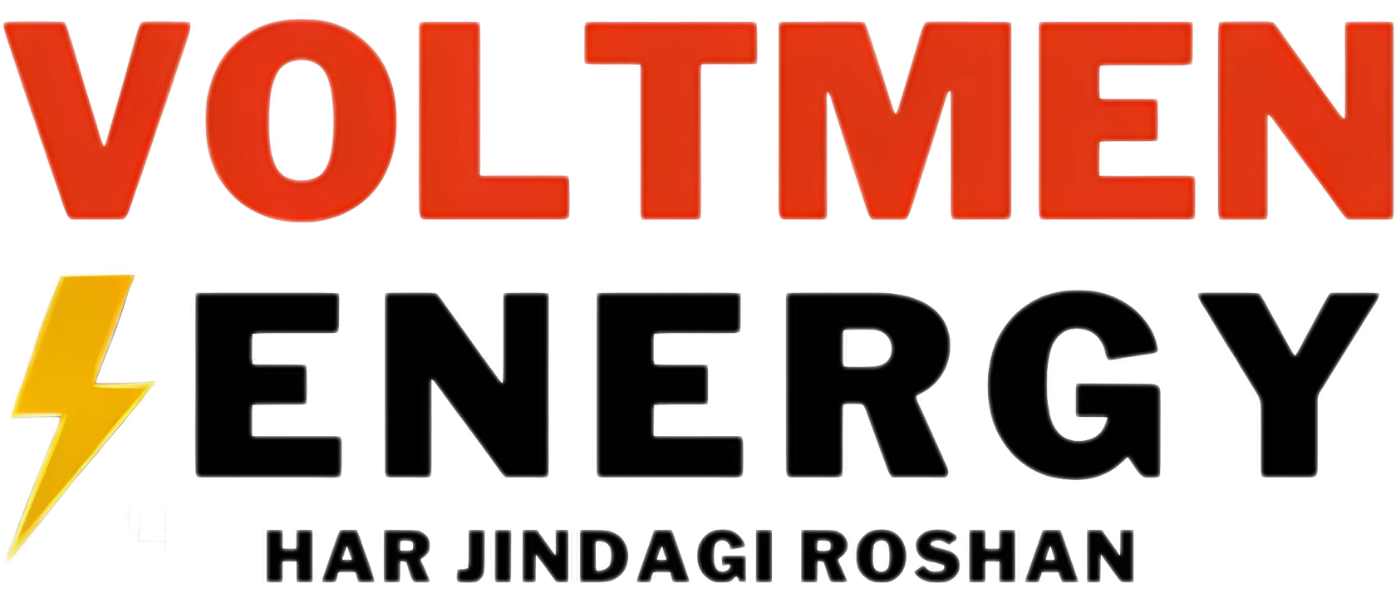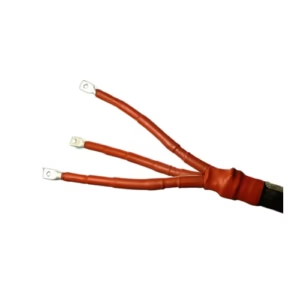Description
11 kV HT Metering Cubicle with 3 Nos. CTs and PTs (Class 0.2s)
This system is designed for metering and protection in high-voltage electrical distribution systems, typically used for industries, commercial establishments, or substations where medium-to-high-voltage (HT) electricity is used. The cubicle is part of an electrical setup that ensures the accurate measurement of electrical energy consumption, monitoring of electrical parameters (like current and voltage), and provides safety features for fault detection and isolation.
Key Components and Features:
1. 11 kV HT Metering Cubicle:
- Voltage Rating: The cubicle is designed to handle 11 kV (kilovolts) of electrical supply, typically in medium-voltage electrical networks.
- Purpose: It is used to house the metering equipment that monitors the consumption of electricity, providing data for billing, energy management, and protection.
- Components Included:
- Metering Panel: This displays electrical parameters such as voltage, current, power factor, and active energy (kWh).
- Protection Equipment: Circuit breakers, fuses, and switches to isolate the system in the event of a fault or overload.
- Busbars and Connections: Internal connections to interlink the current transformers (CTs) and potential transformers (PTs) to the meter.
- Mounting Frame/Structure: The cubicle provides a robust enclosure for housing the equipment, designed to protect the components from environmental factors and prevent unauthorized access.
- Functionality:
- It enables accurate energy metering for both billing and monitoring purposes.
- It also serves as a protection system that ensures the safe operation of the electrical system by detecting faults or overloads and triggering circuit isolation if necessary.
-
2. CTs (Current Transformers):
- Purpose: CTs are used to step down the high current flowing in the 11 kV system to a lower value that can be safely measured by meters or protection relays.
- How It Works:
- The CTs clamp around the conductor, and through electromagnetic induction, they produce a proportional current in the secondary winding, which is measured by the connected metering or protection equipment.
- Number of CTs: 3 Nos. CTs typically indicate that the system is designed for 3-phase current measurement. Each CT will monitor the current for one phase of the system (R, Y, and B phases).
- Class 0.2s:
- The accuracy class of the CTs is 0.2s, meaning the error in measurement is less than 0.2% under standard conditions. This high accuracy ensures that the energy metering is precise and reliable, which is crucial for billing and energy monitoring.
- Use Cases:
- The CTs are used for measuring the current for energy calculations.
- They also play a key role in protection systems, such as overcurrent protection, where the CTs detect high current levels and help activate protective devices like circuit breakers.
3. PTs (Potential Transformers):
- Purpose: PTs are used to step down the high voltage (11 kV in this case) to a lower, measurable value for metering and protection applications.
- How It Works:
- A PT is connected to the electrical system and steps down the line voltage (11 kV) to a lower level (typically 110V or 120V) that is suitable for measurement by voltage meters or protection relays.
- Use Cases:
- The PTs provide the voltage measurement necessary to calculate power and energy consumption in the system.
- They are also used for voltage-based protection systems, helping to detect abnormal voltage conditions (like undervoltage or overvoltage) and trigger protective actions.
- Accuracy Class: The PTs should have a high accuracy class (like Class 0.2s), ensuring that voltage readings are precise for both energy metering and fault detection.
How It All Works Together:
In a typical setup, the 11 kV HT Metering Cubicle would house both the CTs and PTs along with the metering device (usually a digital energy meter). The CTs measure the current on each of the three phases, while the PTs step down the voltage from 11 kV to a lower value for accurate measurement. These values are then passed to the metering system inside the cubicle, which records the energy consumption and other key parameters.
The metering cubicle will also have protective features (circuit breakers, relays) to disconnect the system in case of a fault (like an overload or short circuit) to protect the equipment and ensure the safety of the installation.
Applications:
- Energy Billing: The system ensures accurate recording of energy consumption for billing in industrial and commercial installations.
- Power Monitoring: The equipment provides real-time data for monitoring power usage, which is crucial for managing electricity costs and improving efficiency.
- Protection: The CTs and PTs are also used for protecting the system from overloads, short circuits, and other faults by triggering circuit breakers or alarms when unsafe conditions arise.
- Data Logging: In many cases, the data from the metering cubicle is sent to a central monitoring system, which can log energy consumption trends and detect any anomalies or issues in the electrical system.
Key Benefits:
- High Accuracy: The use of Class 0.2s CTs and PTs ensures that the measurements for current, voltage, and energy are extremely accurate, which is essential for precise billing and efficient energy management.
- Safety: The metering cubicle provides a safe enclosure for the components and helps prevent electrical faults from affecting the rest of the system.
- Compliance: Meets industry standards for metering and protection in medium-voltage systems, ensuring compliance with regulatory requirements for energy measurement and safety.







Julian (verified owner) –
The product is firmly packed.
Kevin (verified owner) –
Very well worth the money.
William (verified owner) –
The product is firmly packed.
Tyler (verified owner) –
Very well worth the money.
Dominic (verified owner) –
Very fast delivery.
Liam (verified owner) –
Good service.
Edward (verified owner) –
Very well worth the money.
Samuel (verified owner) –
Good quality.